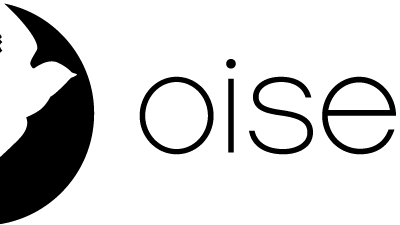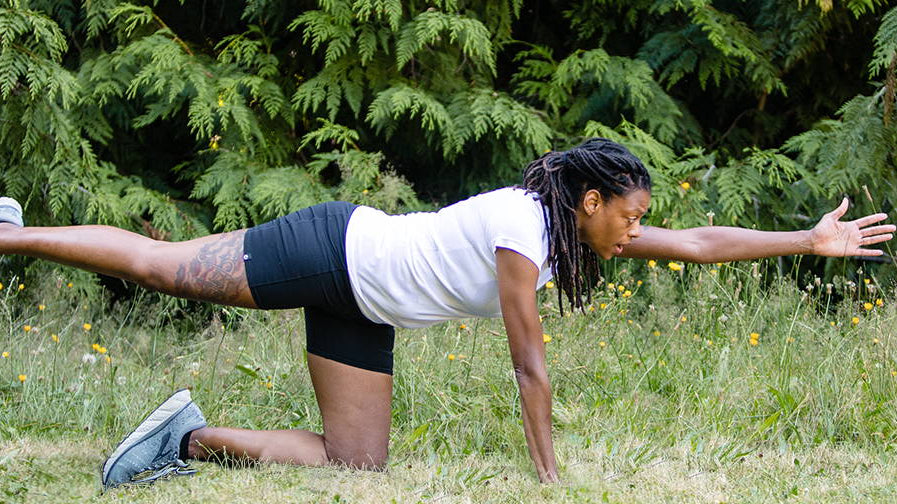Visual artist and storyteller, Guarina Lopez, introduces the connection between the climate crisis and social justice. As one of our indigenous content creators for Women Run the Vote, Guarina’s work on the campaign will further explore how the 907 miles in Montana, Idaho and Washington State are impacted by environmental injustice and what we can do to help.
As you may well know, this planet is everyone’s responsibility, we are all stewards of the land, waters, and non-human relations. Indigenous people the world over have always led the way in environmental conservation, though it may not have been called that but rather, living in good relations with Mother Nature. The truth is that we are running out of time and it is everyone’s responsibility to understand the causes of climate change on both the micro and the macro level, educate ourselves, and begin to act.










